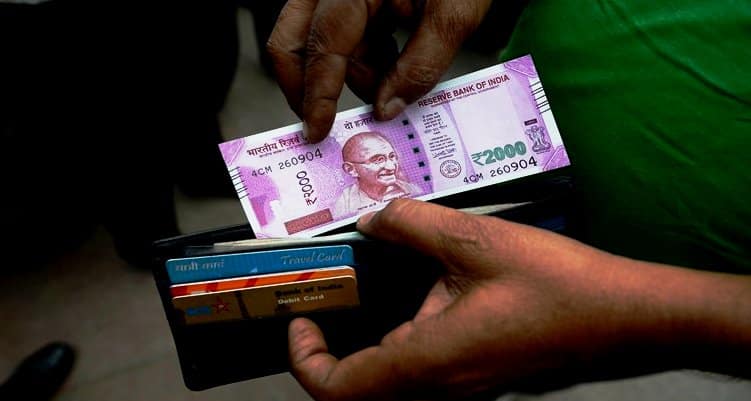Crypto Market Reports : When the Reserve Bank of India (RBI) banned India’s banks from processing payments related to cryptocurrency in April 2018, investors came up with an ingenious solution.
A set of cryptocurrencies tied to fiat or government-issued currencies (called stable coins) were used to process transactions. These cryptocurrencies are designed to represent units of fiat currencies, usually the US dollar. Investors could park money in them and convert them into cryptos such as bitcoin.
With the revival of trading on crypto market exchanges, the Indian rupee is now claiming back its place.
How stable coins solved the problem
Stable coins solved an important part of the crypto market transaction problem.
The RBI ban had pushed the industry from exchange-administered transactions to peer-to-peer trading. Exchanges could no longer accept rupees and they had to be directly transferred between counterparties.
However, transferring rupees to counterparties through NEFT or RTGS was time-consuming and the crypto price would often change before the money arrived, incentivizing one of the parties to renege on trade.
The industry responded by using stable coins. These were currency tokens issued by private companies against actual hard currency reserves. USD-Tether emerged as the most popular such stable coin, tied to the US dollar.
“Some stable coins, like USDC, are issued by companies regulated in the US. Their books are audited and hence there is a reasonable degree of safety that they have hard currency backing the stable coin,” said Nischal Shetty, CEO, Wazir X, India’s largest crypto exchange.
This happened in India too. “In India, use of stable coins skyrocketed after the RBI payments ban since exchanges could not accept rupees. For our peer-to-peer customers, stable coins offered the solution of holding cash in the exchange without having the need to withdraw to the bank account every time,” said Arjun Vijay, co-founder of Chennai-based Giottus, a cryptocurrency exchange.
However, the credibility of stable coins such as tether has always been the subject of controversy. The issuer of the coins may not actually hold fiat currencies against the tether or may not hold them in sufficient quantities. A March 2019 article in Forbes noted that some of tether’s reserves are in loans rather than pure reserves making it an unregulated fractional reserve bank.
Read More :
- Vodafone Idea Crashes 9% as Supreme Court Deals Fresh AGR Blow – October Hearing Spells Doom
- Copper Prices Shines Bright: The Red Metal Turning into the New Gold for Investors
- Gold Prices Hold Strong Above ₹1.12 Lakh/10g: Profit-Booking Ahead or More Upside?
- Tax Audit Report Deadline Extended to Oct 31, 2025: Rajasthan & Karnataka HC Orders
- Precious Metals Break Records: Gold & Silver Prices Skyrocket on Fed Buzz
Rupee’s comeback
After the Supreme Court quashed the RBI payments ban in March 2020, rupee payments have made a comeback. “The Indian market was $200-300 million per day in 2017. After the RBI ban, that dropped to around $5 million, most of it (around 90%) in stable coin. Post the SC judgment, the stable coin volume has remained at around $5 million, but now rupee-crypto contributes an almost equal amount,” said Neeraj Khandelwal, co-founder of CoinDCX, a cryptocurrency exchange.
The rupee switch is happening alongside a formalization of a previously largely underground market.
The Supreme Court decision on the RBI payments ban has brought the market above ground and made it more accessible. However, cryptocurrencies remain a volatile and speculative asset that we do not recommend for retail investors.

